In what has been dubbed Glaciergate, Rajendra Pachauri, head of the U.N. Intergovernmental Panel on Climate Change (IPCC), said he regrets “poorly substantiated estimates” claiming the Himalayan glaciers were likely to disappear by 2035 if not sooner.
“It was a human error. We will do everything to see that such mistakes are not repeated,” Pachauri told reporters in New Delhi on Saturday.
The melting glaciers warning was a central part of the IPCC’s 2007 benchmark report—the same report that helped win the IPCC its 2007 Nobel Peace Prize along with global warming guru Al Gore. The panel provides scientific advice to governments for climate change policy.
The blunder was discovered by Canadian Graham Cogley, a geographer at Trent University in Ontario, who traced the IPCC claim to an article published in the New Scientist magazine in 1999.
According to London’s Sunday Times, the New Scientist information came from a short telephone interview with Indian scientist Syed Hasnain. Hasnain said his assertion was “speculation” and had not been peer-reviewed—a point noted in the article.
Still, the unresearched claim wound up in the IPCC report.
“The problem is that nobody who studied this material bothered chasing the trail back to the original point when the claim first arose. It is ultimately a trail that leads back to a magazine article and that is not the sort of thing you want to end up in an IPCC report,” Cogley told the Times.
The IPCC quoted a 2005 campaigning report from the environment group World Wildlife Fund (WWF) as its source for the claim, which had in turn sourced Hasnain’s comments to the New Scientist and a New Delhi magazine called Down To Earth. WWF has said that it regretted “any confusion caused” and would make appropriate changes to its report.
Claim ‘Alarmist’
Several glaciologists have disputed the IPCC’s claim, pointing out that most Himalayan glaciers are hundreds of feet thick and that it would take a huge rise in temperature to melt them by 2035. According to the Guardian newspaper, the claim was questioned by the Japanese government before publication of the IPCC report, as well as by other scientists.
India’s environment minister, Jairam Ramesh, called the claim “alarmist.”
“There is no conclusive scientific evidence to link global warming with what is happening in the Himalayan glaciers,” Ramesh told the Guardian newspaper, adding that he was prepared to take on “the doomsday scenarios of Al Gore and the IPCC.”
Pachauri then attacked Ramesh, saying he was “extremely arrogant” and relied on “voodoo science” that is not peer-reviewed.
But India’s environment ministry had done its own study, which found that while many Himalayan glaciers are receding, they are not “retreating abnormally” and that the trend is not consistent across the entire mountain chain.
“The issue of glacial retreat is being sensationalized by a few individuals,” the report’s author, leading geologist Vijay Kumar Raina, told the Hindustan Times.
Raina, who has done extensive research on the Himalayan glaciers, said in February 2007 that “claims of global warming causing glacial melt in the Himalayas are based on wrong assumptions.“
The row has escalated since Glaciergate emerged, and Ramesh last Thursday demanded an apology from Pachauri for his voodoo science remark.
The melting glaciers gaff comes on the heels of the Climategate scandal in which critical temperature data from the U.K.’s Climatic Research Unit (CRU)—data used by the IPCC—appears to have been intentionally manipulated to show increased warming trends. CRU head Phil Jones, who has denied any impropriety, has stepped down while an investigation is being carried out.
Global warming skeptics say the Himalayan glacier error has further damaged the credibility of the IPCC and there have been calls for Pachauri’s resignation. Pachauri has also had to defend himself against allegations in some British newspapers that he has profited financially from his role as IPCC chair—a claim he has vigorously denied.
“They can’t attack the science so they attack the chairman,“ Pachauri, told the Guardian. ”But they won’t sink me. I am the unsinkable Molly Brown. In fact, I will float much higher.”
The Sunday Times reported that Pachauri has used “bogus claims that Himalayan glaciers were melting to win grants worth hundreds of thousands of pounds.”
Catastrophic Forecasts
Tom Harris, a Canadian mechanical engineer and executive director of the International Climate Science Coalition (ICSC), says questions have surrounded the IPCC Himalayan glacier claim for at least three years.
“It’s coming to light now because this particular statement in the IPCC report is shown to be ridiculous, but the whole idea that the glaciers are melting at any abnormal rate, people have been talking about that in the glacier community for at least the last three years, it’s just not really made it through to most media.”
The ICSC is an association of scientists, economists, and energy policy experts from around the world that bills itself as “an alternative to advice from the IPCC.
It is precisely the IPCC’s tendency to issue catastrophic forecasts such as its warning about the Himalayan glaciers that prompted the ICSC to issue a “Copenhagen climate challenge” during the Copenhagen Climate Conference in December.
The challenge, which was backed by 150 leading climate experts from 15 countries, demanded that the IPCC produce “convincing observational evidence for their claims of dangerous, human-caused global warming, and other changes in climate.”
“For so many years they’ve been stonewalling on allowing the real data to get through to the researchers who want to cross-examine it, and that’s been one of the things about Climategate is that they’re finding that some of the data that was requested through access to information in the United Kingdom has actually been destroyed rather than giving it to the skeptical scientists, and that’s against the law,” says Harris.
The IPCC’s previous report, issued in 2001, also contained erroneous data. A hockey-stick graph showing that temperatures rose sharply in the twentieth century—supposedly proving that industrialization causing greenhouse gases was changing the climate—was later discredited by two Canadian researchers.
Supporters of the global warming movement say the IPCC’s mistake on the Himalayan glaciers is just one in a massive three-volume report. Harris disputes this.
“We think there are many mistakes and that this is just an indication of one. Their forecasts for all sorts of things are not coming true, their models are not working, it’s not getting warmer, and so we think that this is just the tip of the iceberg.”
However, he says the fact that the claim has been discredited is “useful and interesting in that it’s getting people to look more closely at what the data really says.”
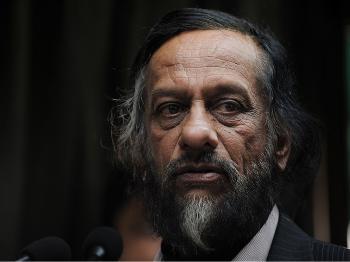

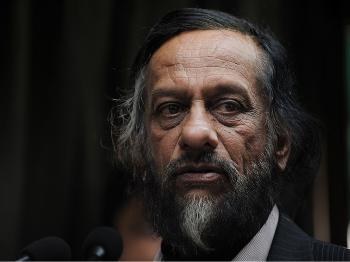
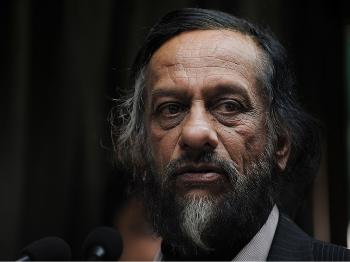
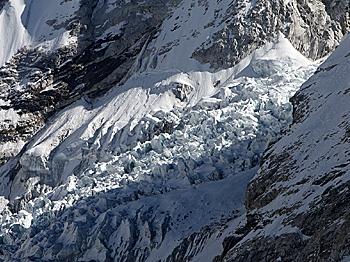
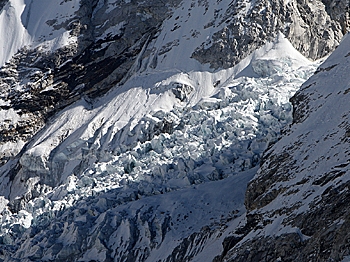
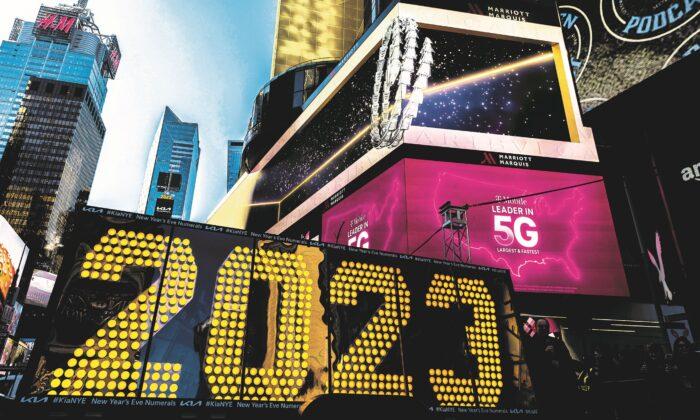
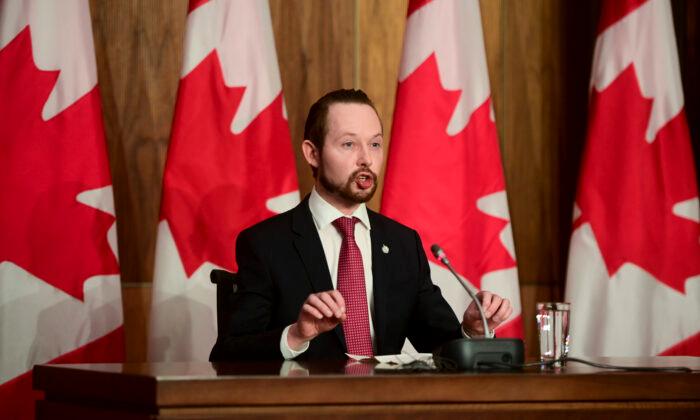

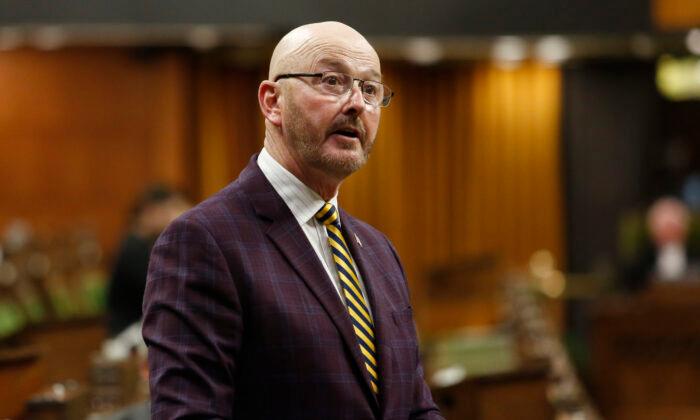
Friends Read Free